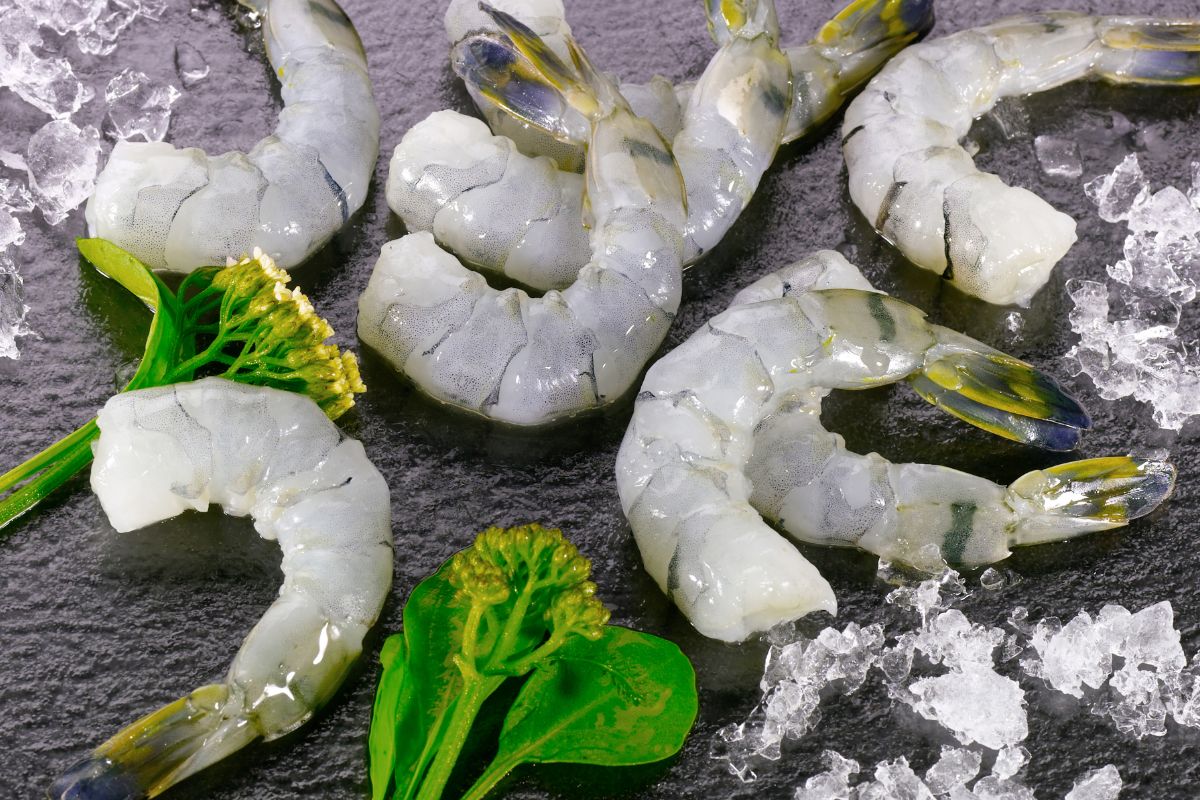

Articles
How To Store Raw Shrimp
Modified: December 7, 2023
Learn the best ways to store raw shrimp and keep them fresh for longer with these helpful articles. Discover expert tips and tricks for proper shrimp storage.
(Many of the links in this article redirect to a specific reviewed product. Your purchase of these products through affiliate links helps to generate commission for Storables.com, at no extra cost. Learn more)
Introduction
Storing raw shrimp properly is essential to maintain its freshness and quality. Whether you’ve just bought a batch of fresh shrimp or have leftovers from a previous meal, knowing the right storage methods can help you avoid bacterial growth and ensure that your shrimp stays safe to consume.
There are several factors to consider when storing raw shrimp, including cleaning and preparation techniques, the right storage method (refrigerating or freezing), and proper packaging. By following these guidelines, you can extend the shelf life of your shrimp and enjoy it at its best flavor and texture.
In this article, we will explore the necessary steps to store raw shrimp effectively. We’ll discuss the factors to consider before storing, the proper cleaning and preparation methods, choosing the right storage method, and packaging techniques. We’ll also provide tips on maintaining shrimp quality and identifying warning signs of spoiled shrimp.
So if you’re ready to ensure that your raw shrimp stays fresh and delicious, let’s dive in and discover the best practices for storing this delectable seafood.
Key Takeaways:
- Properly storing raw shrimp is essential for maintaining freshness and safety. Consider factors like quality, temperature, and handling, and choose the right storage method based on your consumption timeline.
- Cleaning, preparation, and packaging techniques are crucial for maintaining shrimp quality. Be mindful of warning signs of spoilage and prioritize safety when storing and consuming raw shrimp.
Read more: How To Store Shrimp
Factors to Consider Before Storing Raw Shrimp
Before you store raw shrimp, there are several important factors to consider. These factors will help you determine the best approach to storing your shrimp and ensure its freshness and quality.
1. Quality of the Shrimp: The freshness and quality of the shrimp you intend to store will have a significant impact on its shelf life. It is important to purchase shrimp from a reputable source, preferably from a trusted seafood market or supplier. Look for shrimp that has a firm texture, a mild sea-like smell, and a translucent appearance. Avoid shrimp that appears slimy, has a strong ammonia smell, or has dark spots.
2. Temperature and Time: Shrimp is a highly perishable seafood and should be stored at the correct temperature and consumed within a specific time frame. The temperature at which shrimp is stored impacts its shelf life. Maintaining a proper temperature is crucial to slow down bacterial growth and maintain the quality of the shrimp. Additionally, it is recommended to consume raw shrimp within 1-2 days of purchase to ensure its optimal freshness.
3. Handling and Contamination: Proper handling and avoiding cross-contamination are essential when it comes to storing raw shrimp. Always wash your hands thoroughly before handling shrimp to avoid introducing any harmful bacteria. Ensure that all utensils and surfaces that come into contact with the shrimp are clean and sanitized to prevent the risk of contamination.
4. Seasonings and Marinades: If you have seasoned or marinated your shrimp, it is important to consider the ingredients used. Certain seasonings and marinades can alter the shelf life of shrimp and affect its quality. If your shrimp is seasoned, it is best to consume it within a shorter time frame compared to unseasoned shrimp.
5. Quantity of Shrimp: The quantity of shrimp you are storing will also impact the storage method. If you have a large amount of shrimp that you don’t plan on consuming within a few days, freezing may be the better option to ensure the longevity of the shrimp.
By taking these factors into consideration, you can make informed decisions about storing your raw shrimp and ensure that it remains fresh and safe for consumption. Now that we’ve discussed the important factors to consider, let’s move on to the proper cleaning and preparation techniques for raw shrimp.
Proper Cleaning and Preparation
Before storing raw shrimp, it is crucial to clean and prepare them properly. This not only helps to remove any dirt or impurities but also minimizes the risk of bacterial growth during storage.
1. Remove the Shells: Start by removing the shells of the shrimp. Hold the shrimp firmly and gently twist off the head. Peel off the shell, starting from the head end towards the tail. You can also keep the tail intact for presentation purposes or remove it if desired.
2. Devein the Shrimp: Once the shells are removed, it’s important to devein the shrimp. This step involves removing the black or brown vein that runs along the back of the shrimp. To devein, simply make a shallow incision with a small knife along the back of the shrimp and lift out the vein using the tip of the knife or a deveining tool. Rinse the shrimp under cold water to remove any remaining debris.
3. Rinse Thoroughly: After deveining, rinse the shrimp thoroughly under cold running water to remove any residual dirt, debris, or excess blood. Pat them dry using a paper towel or a clean kitchen towel. Make sure to remove as much moisture as possible, as excess moisture can promote bacterial growth during storage.
4. Optional Brining: Brining can help enhance the flavor, texture, and moisture retention of the shrimp. To brine the shrimp, prepare a solution of water and salt (about 1 tablespoon of salt per 4 cups of water) and submerge the shrimp in the brine for 15-20 minutes. Rinse the shrimp after brining and pat them dry before storing.
5. Optional Marinating: If you plan to marinate the shrimp for added flavor, do so after cleaning and preparing them. Prepare a marinade of your choice using ingredients like lemon juice, garlic, herbs, or spices. Place the cleaned shrimp in the marinade and refrigerate for the recommended marinating time. Remember to adjust the storage time accordingly, as marinated shrimp should be consumed sooner to prevent spoilage.
By following these proper cleaning and preparation techniques, you can ensure that your raw shrimp is free of impurities and ready for storage. In the next section, we will discuss the best storage methods for raw shrimp, whether it be refrigeration or freezing.
Choosing the Right Storage Method
When it comes to storing raw shrimp, choosing the right storage method is crucial for maintaining its freshness and quality. The two main storage methods for raw shrimp are refrigeration and freezing. Let’s explore each method to help you make an informed decision.
Refrigeration: Refrigerating raw shrimp is ideal if you plan on consuming it within a couple of days. Here are the steps to properly refrigerate raw shrimp:
- Place the cleaned and prepared shrimp in an airtight container or a resealable plastic bag.
- Make sure to remove as much air as possible to prevent oxidation and freezer burn.
- Label the container or bag with the date to keep track of its freshness.
- Store the shrimp in the coldest part of your refrigerator, typically in the back or on the bottom shelf.
- Keep the temperature of your refrigerator at or below 40°F (4°C) to slow down bacterial growth.
- Do not store shrimp near strong-smelling foods, as shrimp can easily absorb odors.
Freezing: Freezing is a great option if you have a large quantity of shrimp or want to store it for a longer period. Here’s how to properly freeze raw shrimp:
- Ensure that the shrimp is fully cooled before freezing to prevent ice crystals formation.
- Place the cleaned and prepared shrimp in a freezer-safe bag or container.
- Squeeze out as much air as possible to avoid freezer burn.
- Label the bag or container with the date for easy reference.
- Store the shrimp in the freezer at a temperature of 0°F (-18°C) or below.
- For added protection, you can wrap the bag or container in aluminum foil or place it inside a freezer-safe, airtight container.
Now that you understand the different storage methods, it’s important to consider the shelf life of raw shrimp for both refrigeration and freezing.
When refrigerated, raw shrimp can typically be stored for 1-2 days. However, for longer storage, freezing is recommended. Frozen raw shrimp can usually be kept for up to 3 months without significant loss of quality.
Remember, proper packaging is essential for both refrigeration and freezing to maintain the quality of the shrimp and prevent freezer burn. In the next section, we will discuss packaging techniques for storing raw shrimp.
Refrigerating Raw Shrimp
Refrigeration is a common method for storing raw shrimp when you plan to consume it within a few days. By properly refrigerating raw shrimp, you can maintain its freshness and minimize the risk of bacterial growth. Here are the steps to refrigerate raw shrimp:
- Step 1: Clean and Prepare the Shrimp: Before refrigerating, ensure that the shrimp is properly cleaned and prepared. Remove the shells, devein, and rinse them under cold water. Pat them dry using a paper towel or a clean kitchen towel.
- Step 2: Choose an Airtight Container or Bag: Place the cleaned shrimp in an airtight container or a resealable plastic bag. Make sure the container or bag is clean and dry.
- Step 3: Remove Air and Label: Squeeze out as much air as possible from the container or bag to minimize oxidation. This step helps preserve the quality of the shrimp. Label the container or bag with the date to keep track of its freshness.
- Step 4: Store in the Coldest Part of the Refrigerator: Place the sealed container or bag of shrimp in the coldest part of your refrigerator, typically in the back or on the bottom shelf. This area tends to maintain a consistently cold temperature, slowing down bacterial growth.
- Step 5: Maintain Proper Refrigerator Temperature: Keep the temperature of your refrigerator at or below 40°F (4°C). This temperature range is ideal for preserving the freshness and quality of raw shrimp.
- Step 6: Separate from Strong-Smelling Foods: Avoid storing raw shrimp near strong-smelling foods in the refrigerator. Shrimp can easily absorb odors, which may affect its taste and aroma.
It is important to note that refrigerated raw shrimp should be consumed within 1-2 days for optimal freshness. After this period, the quality may start to deteriorate, and there is an increased risk of spoilage.
By following these steps and storing raw shrimp properly in the refrigerator, you can extend its shelf life and enjoy its delicious flavor in a variety of dishes. In the next section, we will discuss the process of freezing raw shrimp for longer-term storage.
Store raw shrimp in the coldest part of the refrigerator, ideally in a sealed container or resealable bag. Use within 1-2 days or freeze for longer storage.
Read more: How To Store Fresh Shrimp
Freezing Raw Shrimp
Freezing is an excellent method for storing raw shrimp for an extended period. Properly freezing raw shrimp helps to maintain its quality, texture, and flavor. Here are the steps to freeze raw shrimp:
- Step 1: Cool the Shrimp: Before freezing, ensure that the shrimp is fully cooled. Allow it to cool in the refrigerator for a short period or by placing it in a bowl of iced water for a few minutes. This step prevents ice crystals from forming, which can negatively affect the texture of the shrimp.
- Step 2: Choose a Freezer-Safe Bag or Container: Place the cooled shrimp in a freezer-safe bag or container. It is important to use a bag or container specifically designed for freezing to prevent freezer burn and maintain the shrimp’s quality.
- Step 3: Remove Air and Label: Squeeze out as much air as possible from the bag or container. Excess air can lead to freezer burn and affect the shrimp’s texture. Label the bag or container with the date for future reference.
- Step 4: Store in the Freezer: Place the bag or container of shrimp in the freezer. Ideally, store it in the coldest part of the freezer, away from the door or areas prone to temperature fluctuations.
- Step 5: Maintain Freezer Temperature: Keep the freezer temperature at 0°F (-18°C) or below to ensure the shrimp remains properly frozen. The low temperature helps to preserve the shrimp’s quality, flavor, and texture over an extended period.
- Step 6: Optional Extra Protection: For added protection against freezer burn, you can wrap the bag or container of shrimp in a layer of aluminum foil. Alternatively, place the bag or container inside a freezer-safe, airtight container.
Properly frozen raw shrimp can usually be kept for up to 3 months without significant loss of quality. However, for the best taste and texture, it is generally recommended to consume the shrimp within 1-2 months.
When you are ready to use the frozen shrimp, remove the desired amount from the freezer and thaw it properly. Thawing can be done in the refrigerator overnight or by placing the sealed bag or container in cold water for quicker thawing. Avoid using warm water to thaw shrimp, as it can promote bacteria growth and affect the quality.
By following these steps and freezing raw shrimp correctly, you can enjoy the convenience of having shrimp readily available for your favorite recipes while ensuring its freshness and quality. In the next section, we will discuss effective packaging techniques for storing raw shrimp in the refrigerator or freezer.
Packaging Techniques
Proper packaging is essential for storing raw shrimp in the refrigerator or freezer. Effective packaging techniques help to maintain the quality, texture, and flavor of the shrimp and prevent freezer burn. Here are some packaging techniques to consider:
- Airtight Containers: Using airtight containers, such as food-grade plastic containers or glass jars with tight-fitting lids, is an excellent option for refrigerating raw shrimp. Make sure the containers are clean and dry before placing the shrimp inside. Airtight containers prevent air exposure and help preserve the shrimp’s freshness and aroma.
- Resealable Plastic Bags: For both refrigerating and freezing, resealable plastic bags are a convenient and effective option. Choose bags specifically designed for freezing. Place the shrimp inside the bag, remove as much air as possible, and seal it tightly. The bag’s flexibility allows for easy storage and saves space in the freezer.
- Aluminum Foil: When freezing raw shrimp, wrapping the shrimp in aluminum foil after placing it in a bag or container provides extra protection against freezer burn. This additional layer helps minimize air exposure and keeps the shrimp in optimal condition. Remember to label the foil-wrapped package with the date.
- Vacuum Sealed Bags: Vacuum-sealing is an excellent method for long-term storage of raw shrimp in the freezer. Vacuum-sealed bags remove air from around the shrimp, preventing oxidation and freezer burn. This technique helps preserve the shrimp’s quality and flavor for an extended period.
- Separate Portioning: Dividing the shrimp into smaller portions before packaging can be beneficial. This allows you to thaw only the amount you need for each meal, reducing waste. Separate small portions into individual bags or containers for easy and convenient usage.
- Labeling: Properly labeling the packaging with the date is essential for tracking the freshness and ensuring that the shrimp is used within a reasonable time frame. Use waterproof labels or write directly on the packaging to avoid confusion.
Remember to always thaw shrimp before cooking, whether it has been refrigerated or frozen. Thawing can be done by placing it in the refrigerator overnight or by submerging the sealed bag or container in cold water for quicker thawing.
By utilizing these packaging techniques, you can effectively store raw shrimp in the refrigerator or freezer, preserving its quality and ensuring it remains fresh for when you’re ready to enjoy it. In the next section, we will provide some helpful tips for maintaining the quality of shrimp during storage.
Tips for Maintaining Shrimp Quality
To ensure that your stored raw shrimp remains fresh and of the highest quality, consider these helpful tips:
- Proper Temperature: Maintain the correct temperature for storing shrimp. Keep refrigerated shrimp at or below 40°F (4°C) and frozen shrimp at 0°F (-18°C) or below. Consistent low temperatures help slow down bacterial growth and maintain the quality of the shrimp.
- Minimize Air Exposure: When packaging shrimp, remove as much air as possible from the containers or bags. Excess air can lead to oxidation and freezer burn, which can affect the texture and flavor of the shrimp.
- Avoid Odor Absorption: Shrimp easily absorbs odors. Store it separately from strong-smelling foods like onions, garlic, or fish to preserve the natural taste and aroma of the shrimp.
- Rotate Shrimp: If you have multiple containers or bags of shrimp, practice proper rotation. Use the oldest shrimp first to ensure that none go past their peak freshness.
- Keep Shrimp Dry: Excess moisture can speed up the deterioration of shrimp. Pat the shrimp dry before storing it in the refrigerator or freezer to minimize moisture and prevent bacterial growth.
- Avoid Repeated Thawing and Freezing: Whenever possible, avoid repeatedly thawing and refreezing shrimp. This can affect the texture and quality of the shrimp, leading to a loss of flavor and moisture.
- Label and Date: Properly label the packaging with the date to keep track of storage time. This helps ensure that you use the shrimp within the recommended timeframe.
- Consume within Recommended Timeframe: Adhere to the recommended storage times for both refrigerated and frozen shrimp. Consume refrigerated shrimp within 1-2 days and frozen shrimp within 1-2 months for the best taste and quality.
By following these tips, you can maintain the quality and freshness of your stored raw shrimp. Whether you plan to enjoy it in a day or freeze it for future use, these guidelines will help preserve the flavor, texture, and overall appeal of the shrimp.
In the next section, we will discuss the warning signs of spoiled shrimp to help you identify when it’s time to discard it.
Warning Signs of Spoiled Shrimp
Knowing the warning signs of spoiled shrimp is essential to ensure your safety and prevent the consumption of potentially harmful seafood. Here are some signs to look out for when determining if shrimp has gone bad:
- Discoloration: Fresh shrimp should have a translucent appearance with a grayish or pinkish color. If the shrimp has turned a dull gray or yellowish color, it may be a sign of spoilage.
- Strange Odor: Shrimp should have a mild, fresh sea-like smell. If you detect a strong ammonia or rotten odor, it is a clear indication that the shrimp has spoiled and should be discarded.
- Slime or Film: Fresh shrimp should not have a slimy texture or a sticky film over its surface. If you notice any sliminess or film, it is a sign of bacterial growth and spoilage.
- Soft or Mushy Texture: When properly cooked, shrimp should have a firm texture. If the shrimp feels soft, mushy, or falls apart easily, it is likely spoiled and should not be consumed.
- Visible Mold: If you notice any visible mold on the shrimp, discard it immediately. Mold is a clear indicator of spoilage and can be harmful if consumed.
- Unusual Taste: Fresh shrimp has a mild, slightly sweet taste. If you detect an off or unpleasant taste, it is a sign that the shrimp has gone bad and should not be consumed.
If you observe any of these warning signs, it is crucial to err on the side of caution and discard the shrimp. Consuming spoiled shrimp can lead to foodborne illnesses and pose a risk to your health.
Remember to always prioritize your safety and well-being when handling and consuming seafood. If you have any doubts about the freshness or quality of the shrimp, it is best to discard it and seek a fresh batch from a reputable source.
Now that you are aware of the warning signs of spoiled shrimp, let’s conclude and summarize the key points discussed in this article.
Read more: How To Store Shrimp In Fridge
Conclusion
Properly storing raw shrimp is crucial for maintaining its freshness and quality. By following the right techniques and guidelines, you can enjoy delicious shrimp in your meals while ensuring its safety. Here’s a summary of the key points discussed in this article:
– Factors such as the quality of the shrimp, temperature, handling, seasonings, and quantity should be considered before storing raw shrimp.
– Proper cleaning and preparation involve removing the shells, deveining, rinsing, and optionally brining or marinating the shrimp.
– Choosing the right storage method depends on how soon you plan to consume the shrimp. Refrigeration is ideal for short-term storage (1-2 days), while freezing is suitable for longer-term storage (up to 3 months).
– Packaging techniques like airtight containers, resealable plastic bags, aluminum foil, or vacuum-sealed bags help keep shrimp fresh and prevent freezer burn.
– Tips for maintaining shrimp quality include maintaining the proper temperature, minimizing air exposure, avoiding odor absorption, and avoiding repeated thawing and refreezing.
– Warning signs of spoiled shrimp include discoloration, strange odor, slime or film, soft or mushy texture, visible mold, and unusual taste.
By following these guidelines and being mindful of the warning signs, you can confidently store raw shrimp in the refrigerator or freezer, ensuring its freshness and safety for future use.
Remember to always prioritize your safety and trust your senses when it comes to determining the freshness of seafood. When in doubt, it’s better to discard the shrimp and obtain a fresh batch.
Now you have the knowledge and techniques to store raw shrimp properly. So go ahead, enjoy this delectable seafood in your favorite dishes, and savor the delicious flavors it brings to your meals.
Frequently Asked Questions about How To Store Raw Shrimp
Was this page helpful?
At Storables.com, we guarantee accurate and reliable information. Our content, validated by Expert Board Contributors, is crafted following stringent Editorial Policies. We're committed to providing you with well-researched, expert-backed insights for all your informational needs.
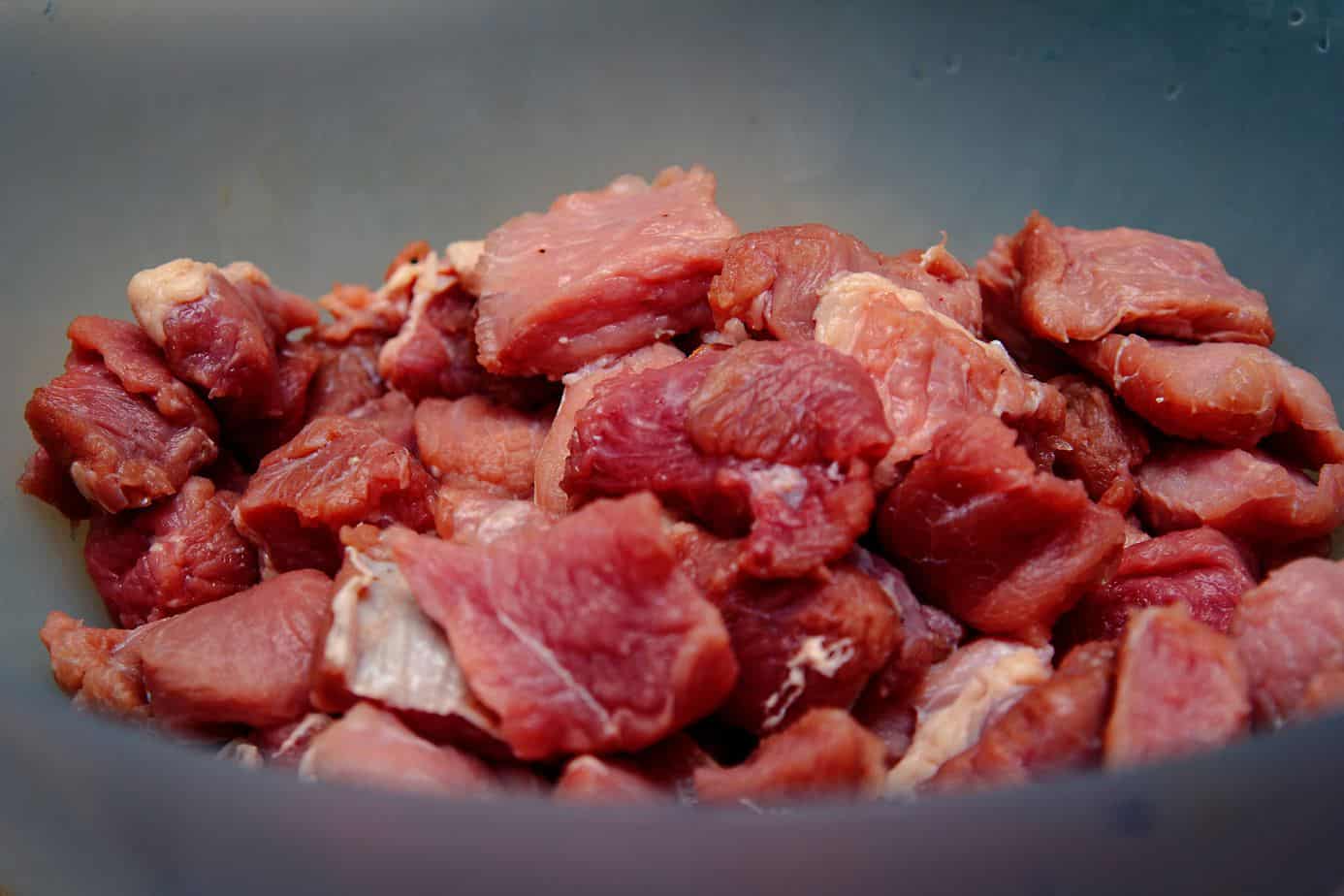
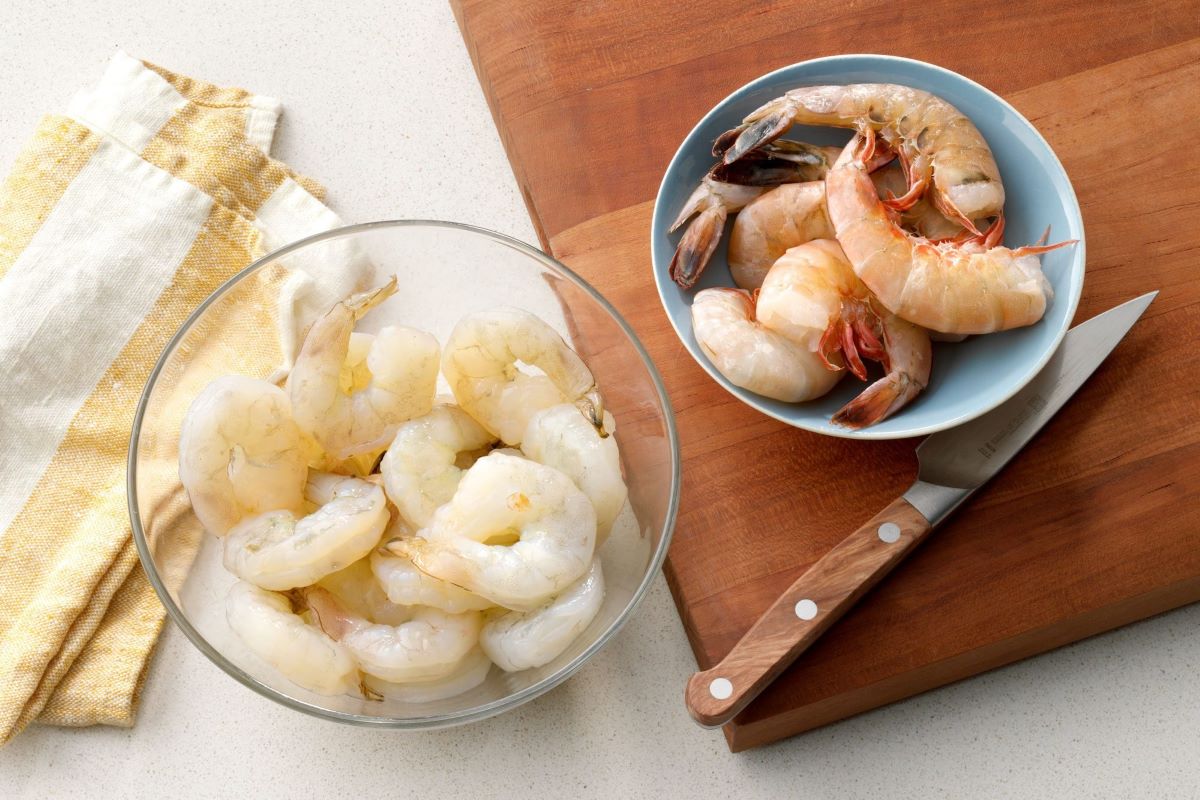
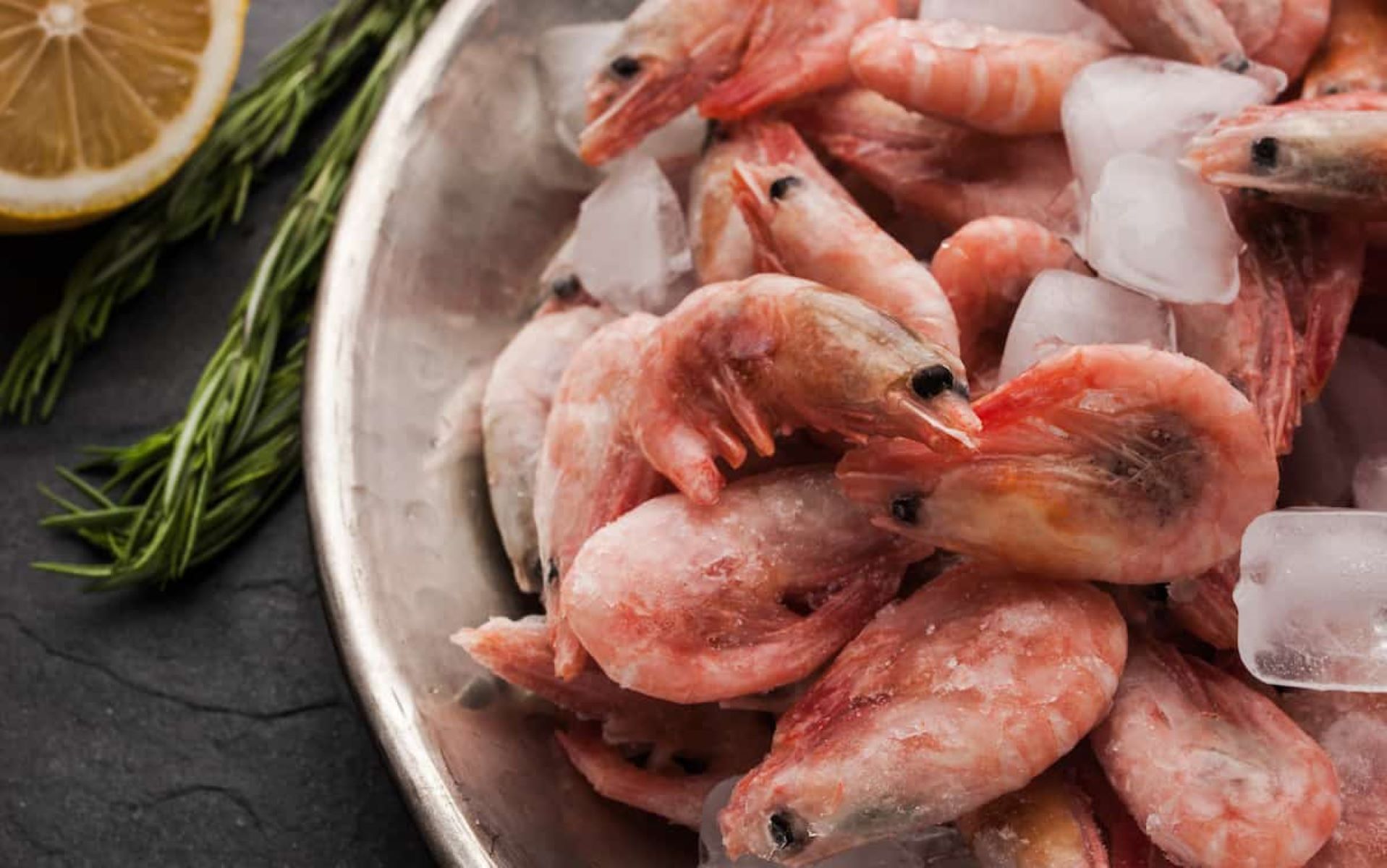
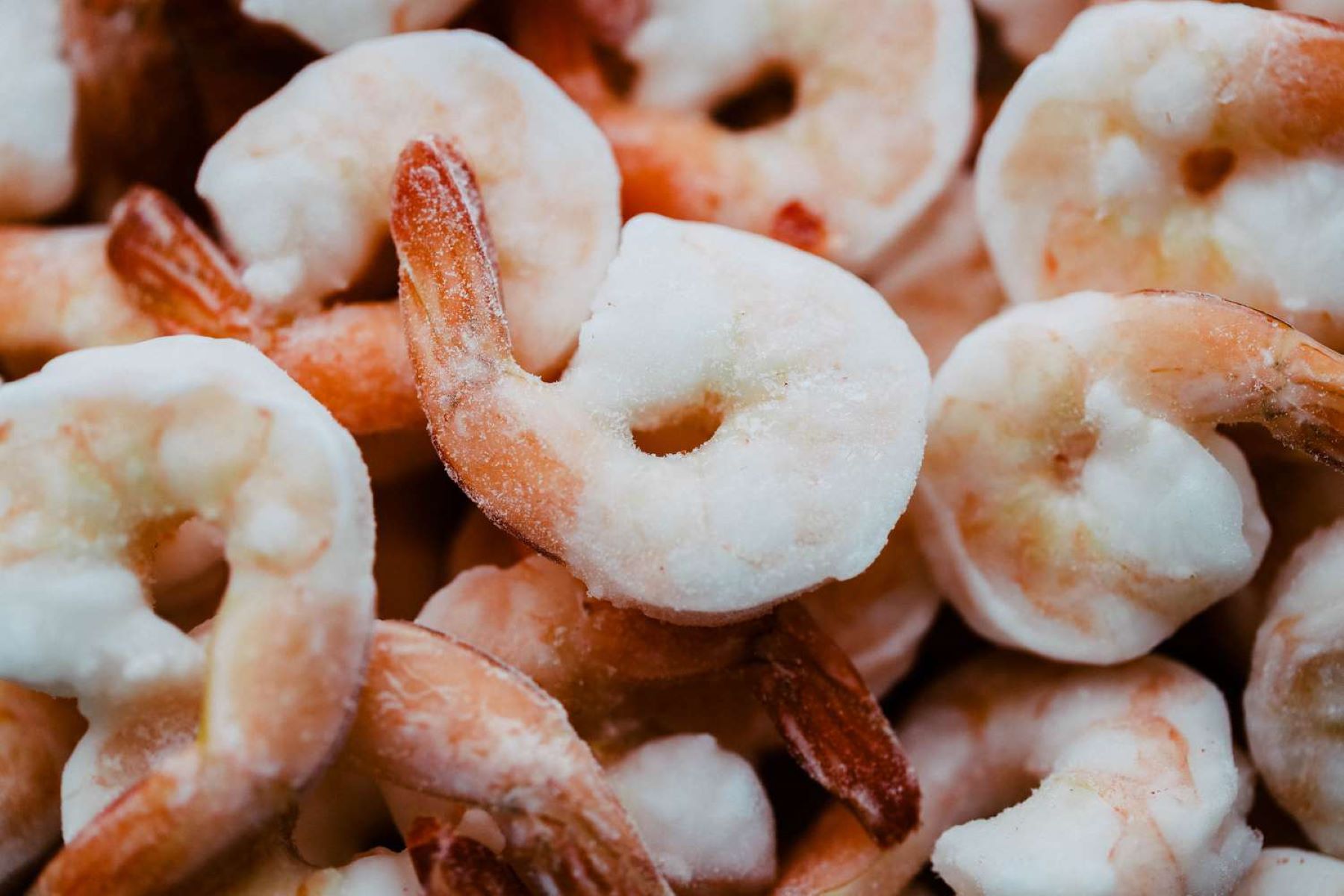
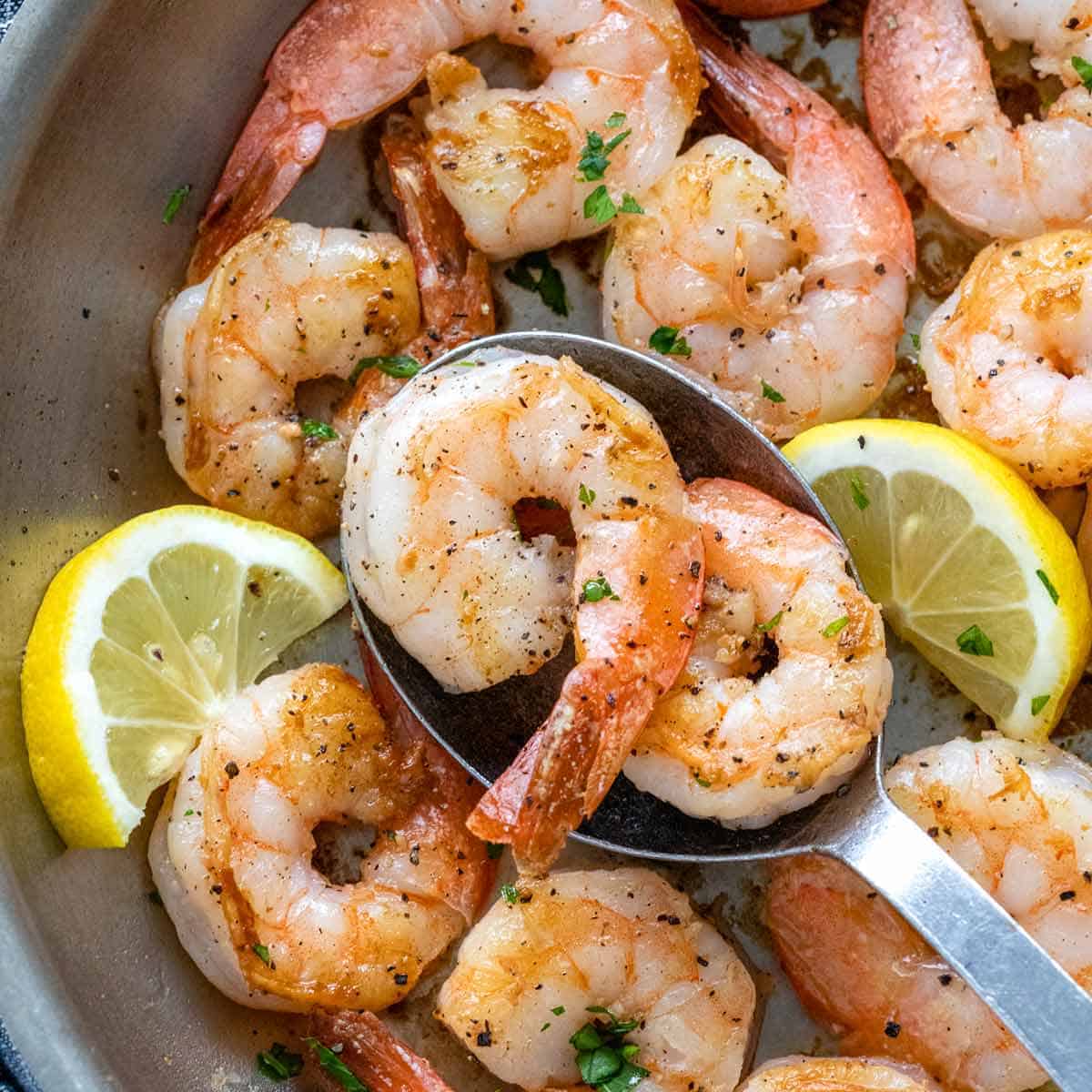
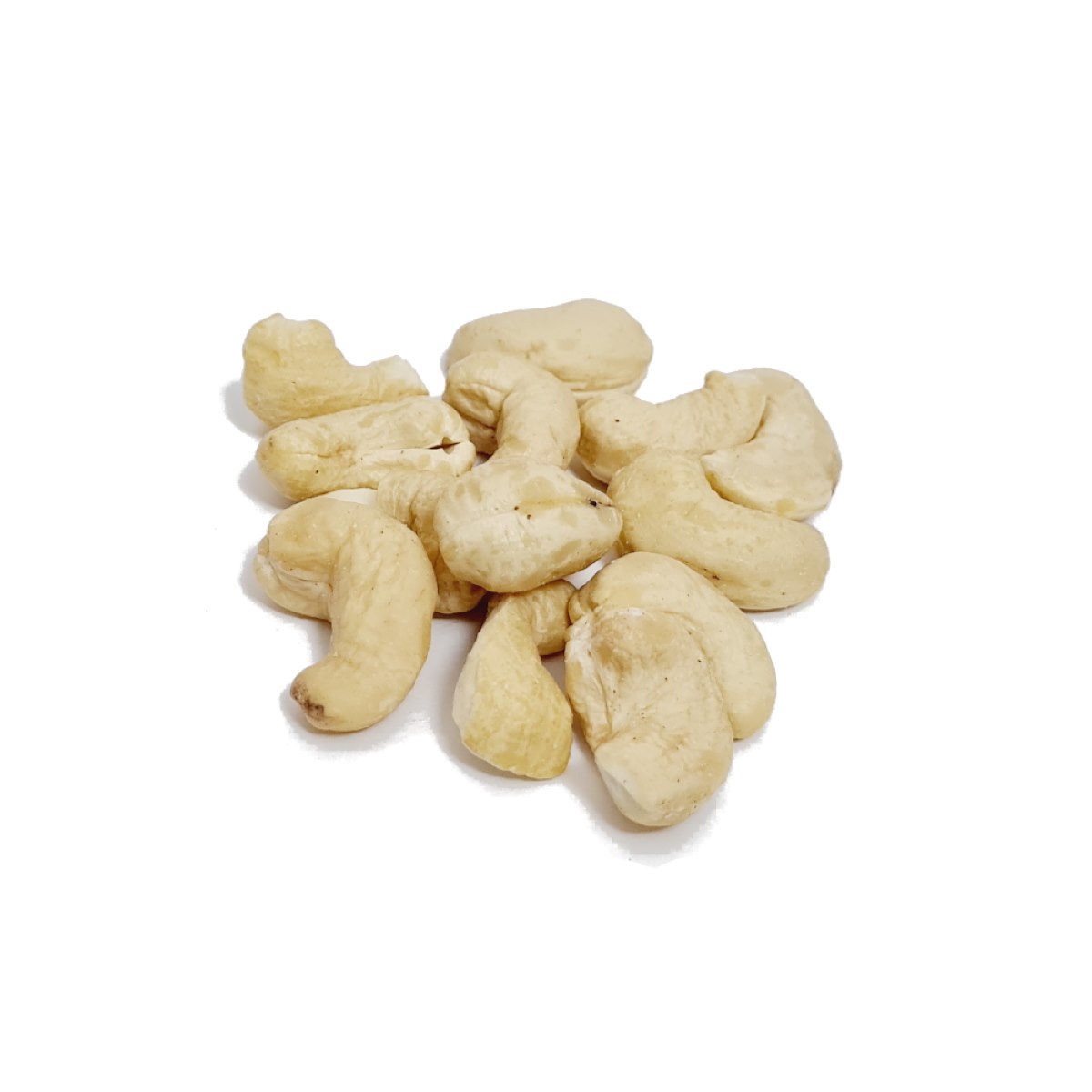
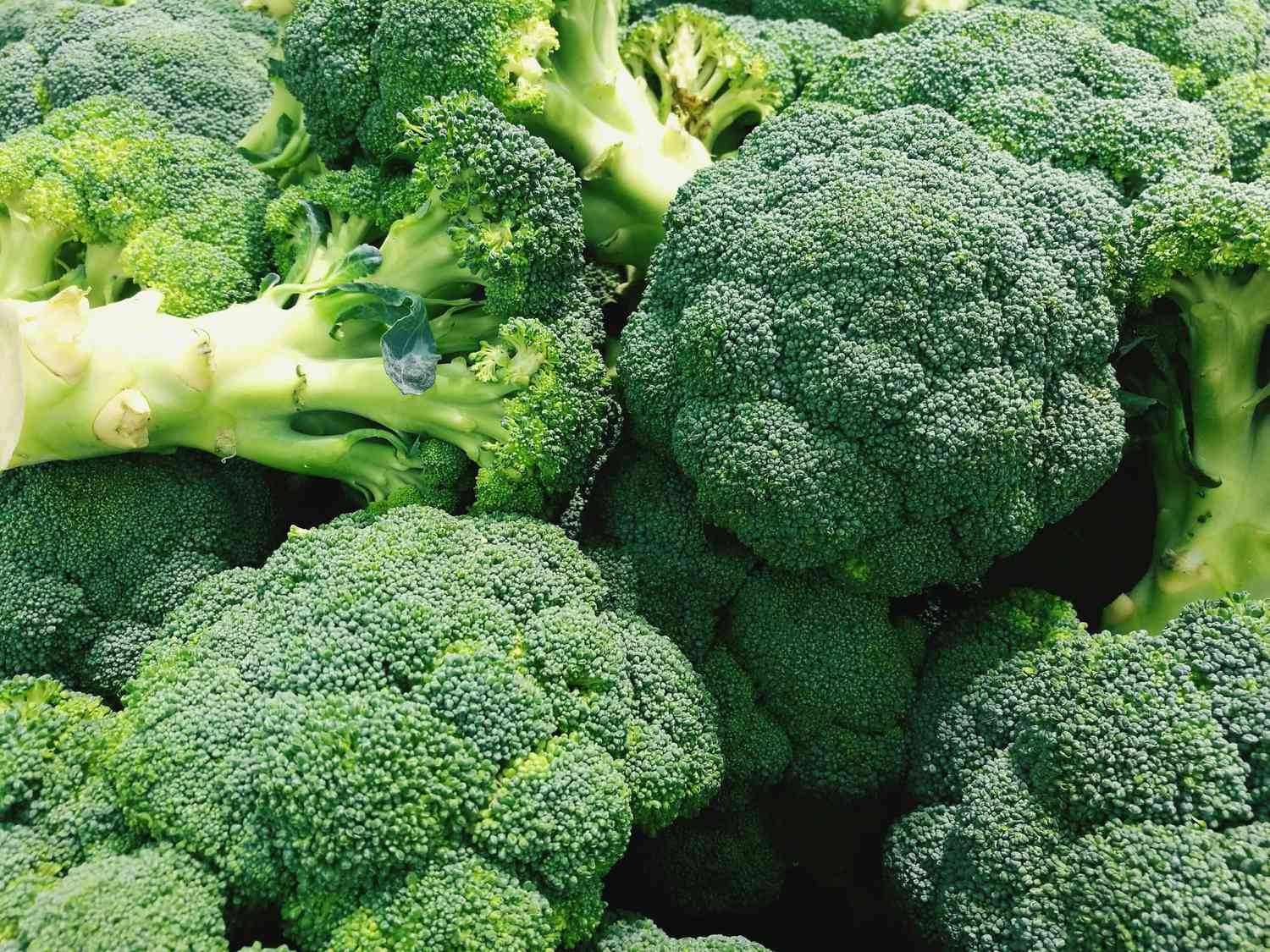
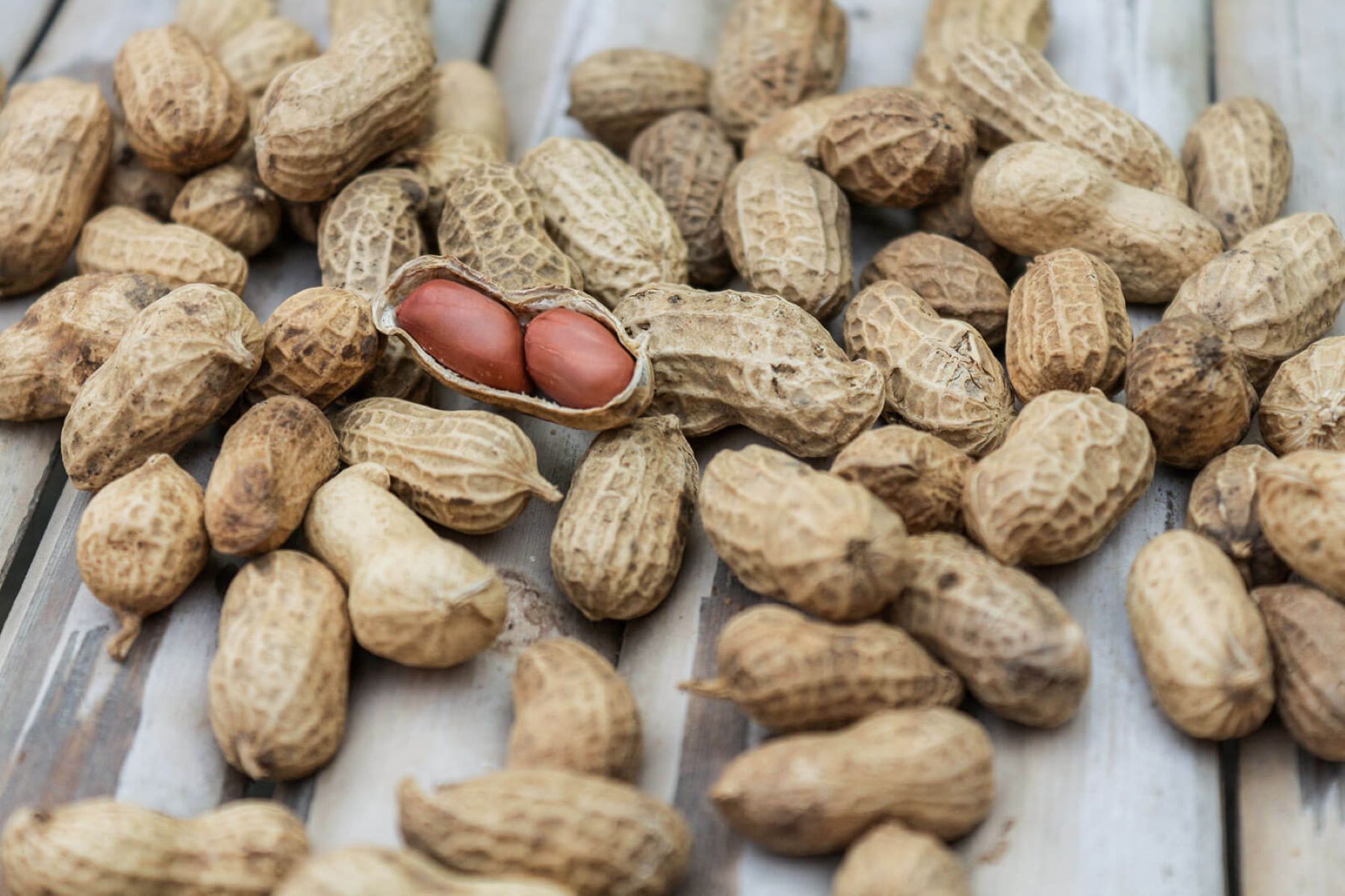

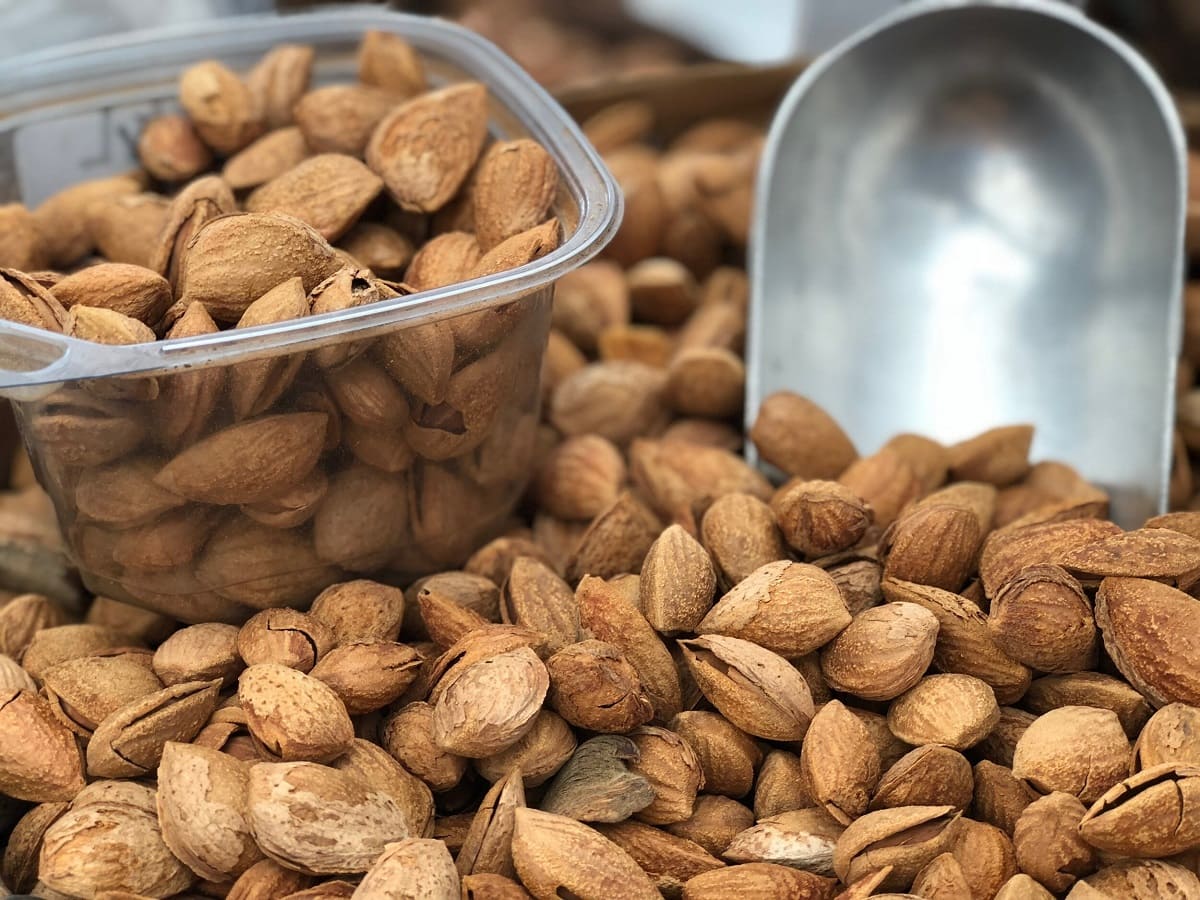
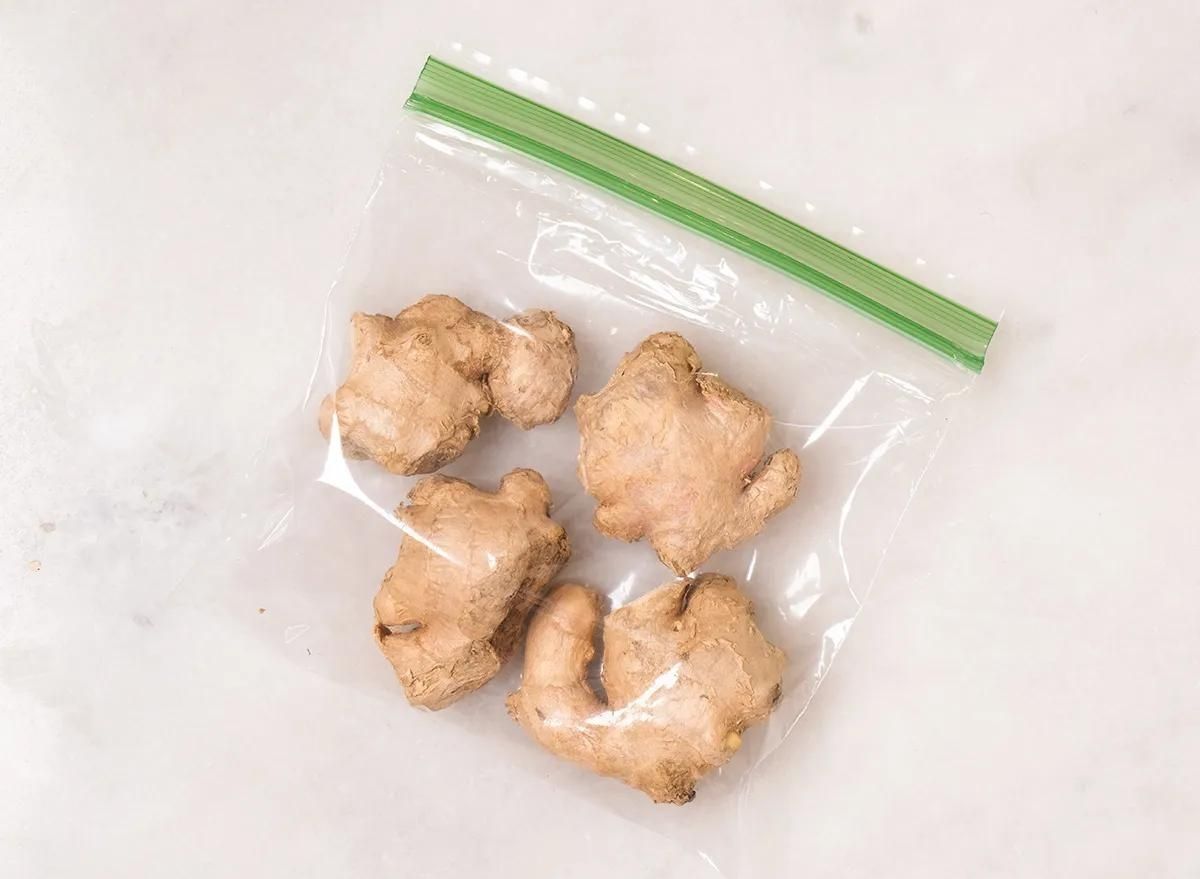
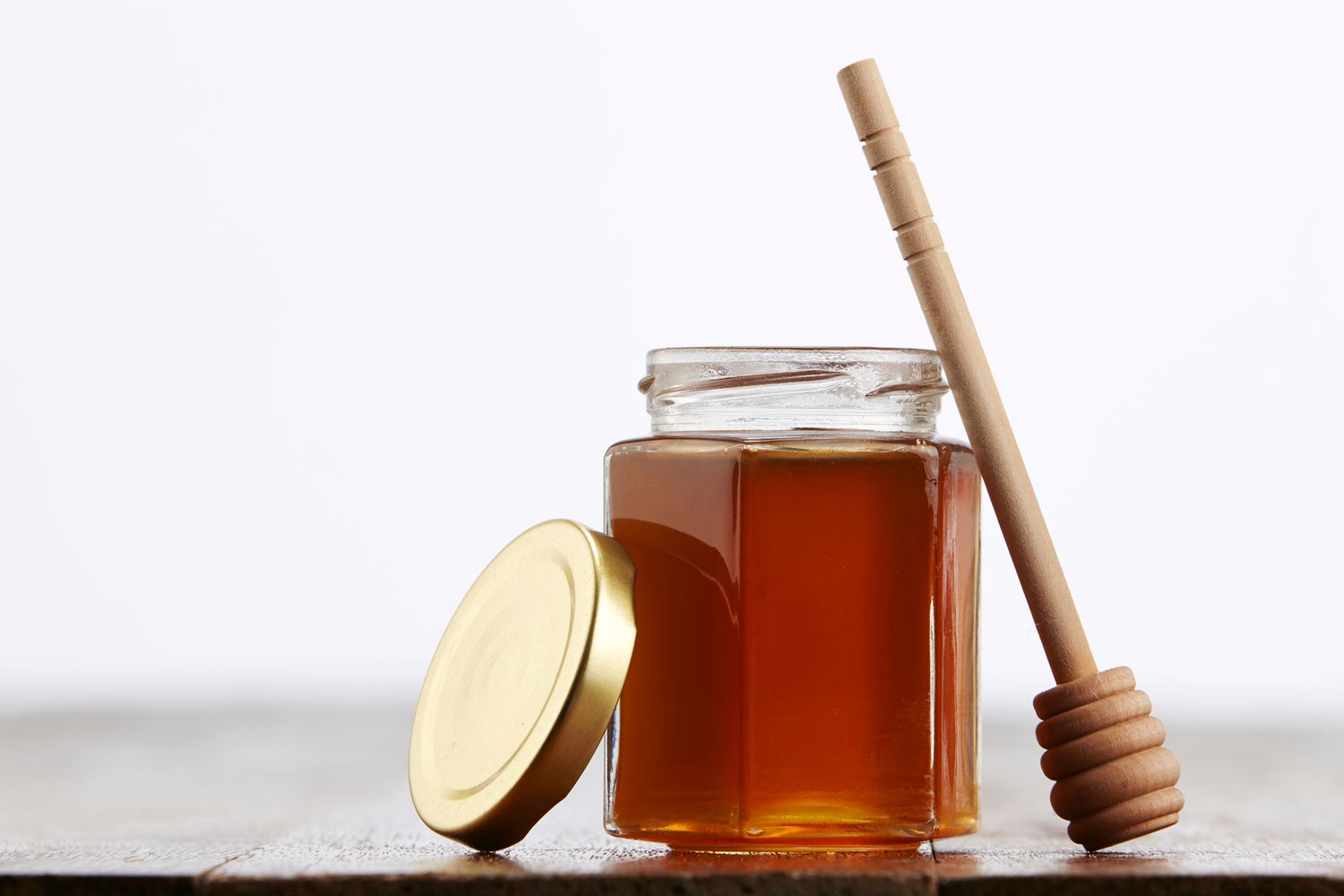
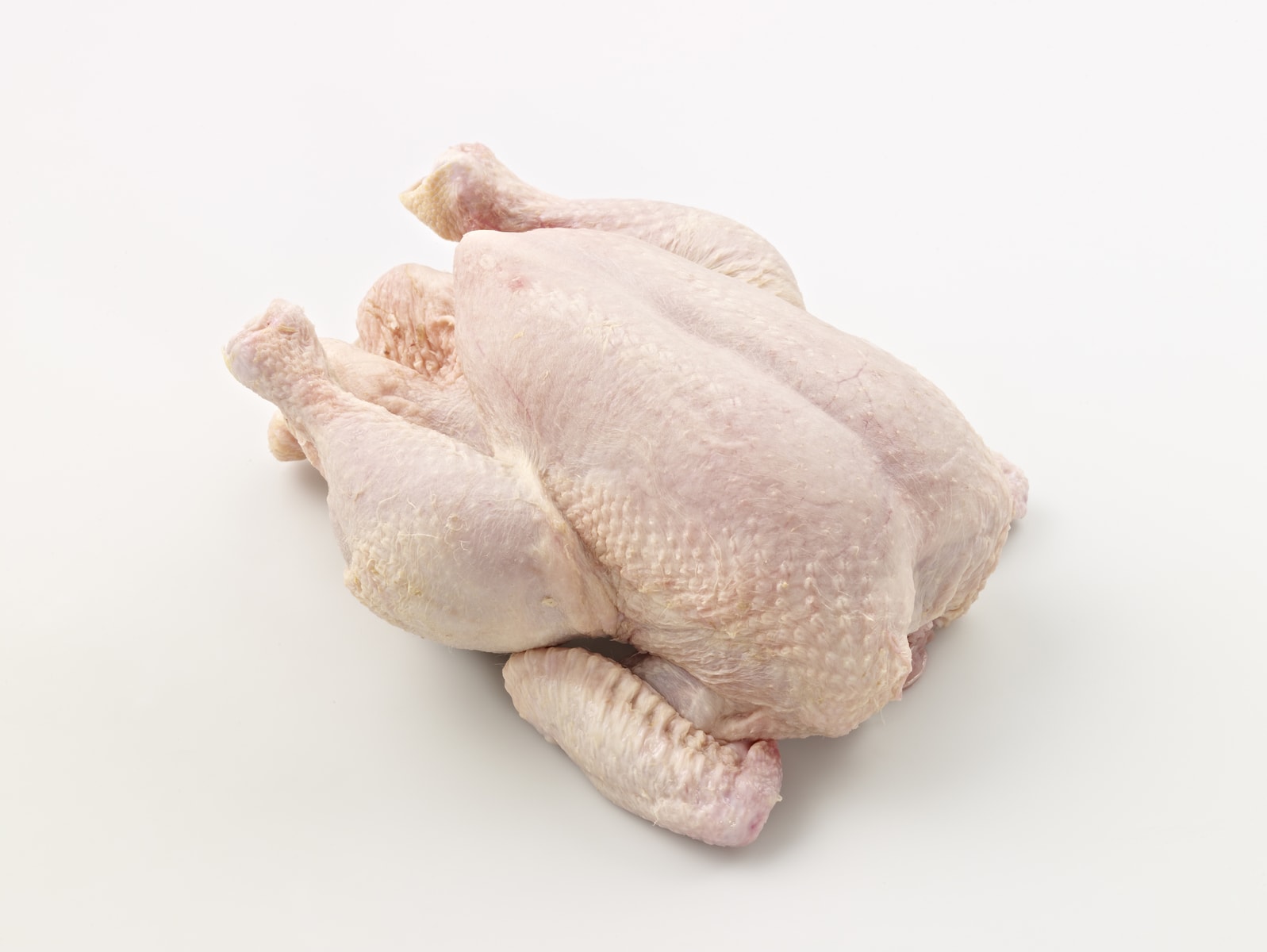

0 thoughts on “How To Store Raw Shrimp”